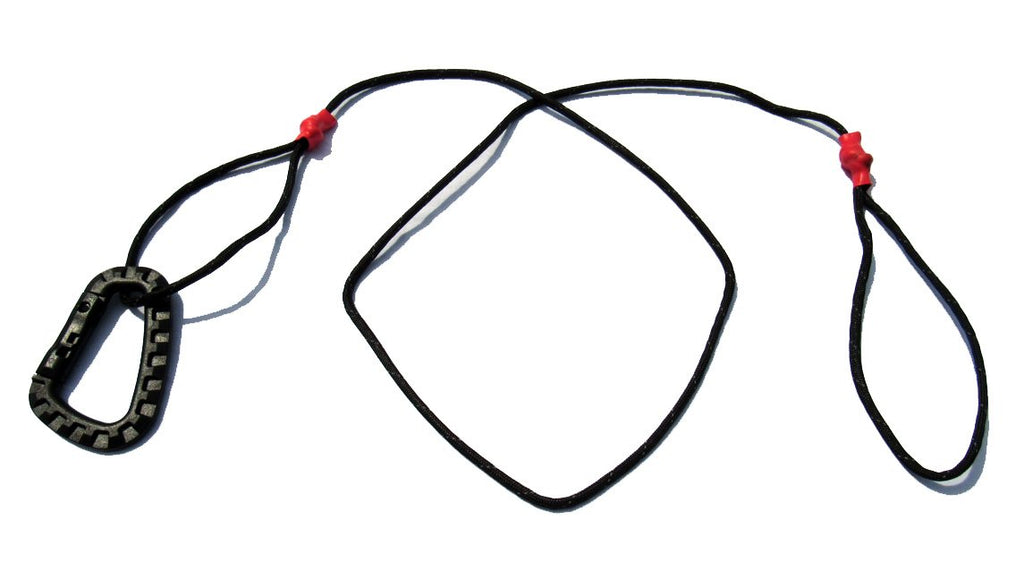
When using a boat, it seems fairly obvious that a dock line would be a vital piece of equipment. How else would you secure the boat to the dock when done for the afternoon? Most of us don't consider, however, that the dock line is just as vital for those using man-powered vessels.
True, most man-powered vessels are small enough and light enough to be pulled up on shore. That doesn't mean that you shouldn't have a dock line secured to your vessel, no matter what type of vessel it is.
Why? Here are four vital (and sometimes hilarious) reasons why you should have a dock line on your kayak or SUP.

1. Group Yoga
Although a dock line isn't actually used in the execution of SUP yoga, it's a useful thing to have on hand. Why? That dock line can be used to secure your SUP to another or even to a buoy or a dock. This way, you don't have to worry about floating away while trying to master Shirshasana.

2. Shallow Water
Most kayaks, SUPs, and even canoes sit high enough in the water to cross shallow waters, but even they can run aground. When your SUP is loaded with gear, carrying it often isn't an option. Having a dock line means you can remove your weight from the SUP, allowing it to ride higher in the water, and pull it through the shallow areas. Personally, I've had to do this several times when going down rivers in the later summer when the water levels sometimes drop until only a few inches cover the rocky river bottom.

3. When Shore Isn't An Option
There are times when you may not want to drag/carry your vessel up the shore. Rocks, cliffs, and even crowds may make it impossible, or at least very difficult, to carry your SUP or kayak up the shore. With a dock line secured to your SUP, you can easily tie it off to a buoy, tree, or even a rock to ensure it doesn't float away while you rest.

4. Towing
There are two situations when your dock line may need to serve as a quick-tow rope as well. In my personal experience, these situations often revolve around children ... or husbands.
First, children. While rowing long distances, they may tire sooner or may not be able to fight the current/wind as easily as you can. Simply secure one end of the dock line to the back of your vessel and secure the other to the front of theirs. This ensures they never fall too far behind, can take breaks when they need to, and will be able to stick with the group during windy days.
Do not do this when venturing down rapids. The rope can easily get caught on rocks/branches/debris and may end up putting both of you in a dangerous situation. Never allow a child to traverse a rapids alone in their own vessel.
Second, husbands. In particular, I'm thinking of my own who prefers to cruise along on his PWC while I stick to my kayak. One summer day, I set out to investigate a bit of marshlands along the edge of the lake while he got his PWC. After struggling for a bit (it's a two-stroke and takes a bit of love to start the first time), he got it running only to have it shut down on him about two hundred yards from shore. I had to tow him back to the dock, which was easy with my dock line.
He learned a very important lesson that day - PWC work better if they have gas in their tank.
And me? I don't think I've ever laughed that hard.

Whether you prefer kayaks, canoes, or SUPs, consider purchasing a dock line like the one offered here at Stillwater Outdoors. It pays to be prepared, especially when bringing husbands along.

Comments on post (3)
Gydrige says:
cheap cialis
veizons says:
https://gcialisk.com/ – best place to buy cialis online reviews
Gydrige says:
Walmart Prescription Drug Plan Wekgaugh cialis online purchase markandame Cocaine Drug Screen Amoxicillin
Leave a comment